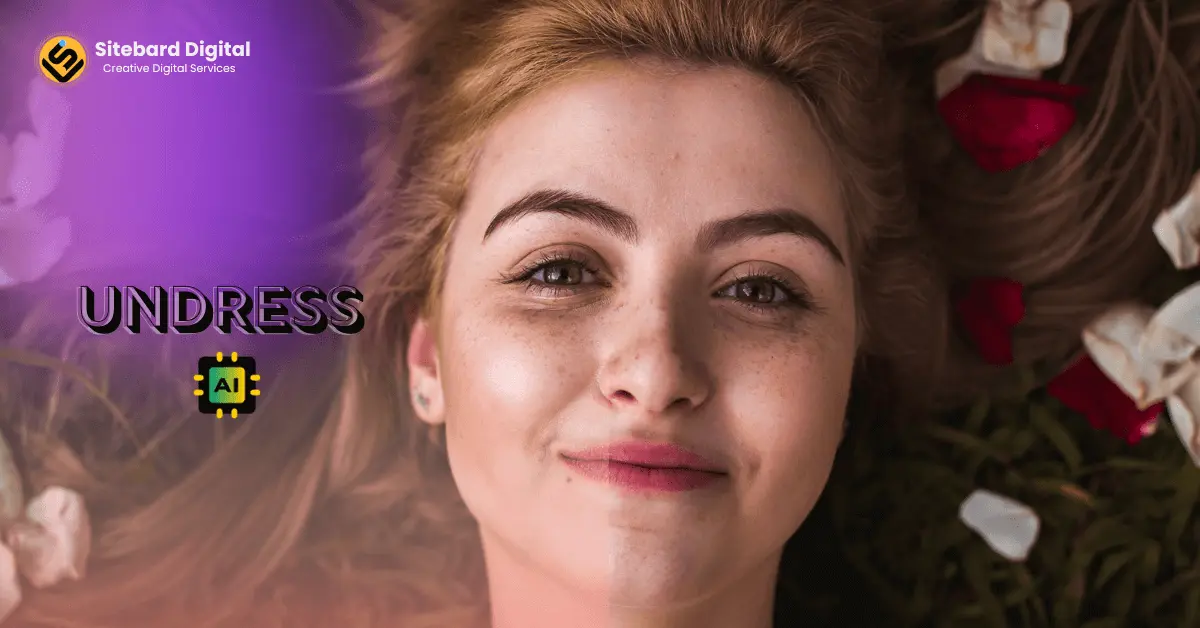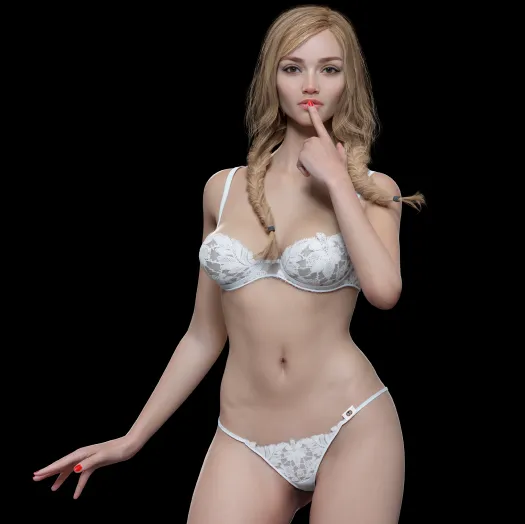In a world saturated with digital imagery, can artificial intelligence truly revolutionize the way we interact with and manipulate visual content? The emergence of AI-powered tools capable of modifying images, including the removal of clothing, presents a paradigm shift with profound implications for creativity, fashion, and the very nature of our online interactions.
Imagine, for a moment, the creative possibilities. The ability to effortlessly change the color of a model's clothing, swapping a classic black dress for a vibrant blue, or even transforming a model's lingerie from demure to daring all with a single click. This is the promise of AI clothes removers, tools that are rapidly evolving and offering unprecedented control over visual narratives. Applications like these are designed to inject a playful twist into your images or to transform portraits by undressing and seamlessly swapping outfits to suit your fashion designs or creative projects.
However, the realm of AI image manipulation extends far beyond simple color changes. Tools like online AI nudifiers offer the potential, and the controversy, of removing clothing from photos. The promise of such tools is to experience the fun and excitement of AI to nudify photos, offering a glimpse into a digital future where the boundaries of image alteration are constantly being redefined.
| Tool Name | Key Features | Accessibility | Noteworthy Aspects |
|---|---|---|---|
| Try our free AI clothes remover | Change clothing color, swap outfit styles. | Free to use. | Offers a fun twist to images, user-friendly interface. |
| Muke's undress AI | Undress photos, create "deepnude" images. | Potentially free, depending on the platform. | Marketed as the "best undress app". |
| Undressing AI | View "naked" images. | Potentially free, online service. | Allows for the rapid removal of clothing from uploaded photos. |
| Undressher | Free undress AI app. | Free to use. | Offers innovative undressing capabilities. |
| Undress.app | Innovative AI undresser tools. | Potentially free, or freemium. | Provides seamless, innovative undressing AI experience. |
| Nudify AI app | Undress photos. | Potentially free. | Offers image nudifying functionalities. |
| Unclothy | AI tool designed to undress photos. | Potentially free. | Generates deepnude images using advanced AI models. |
| Clothoff.io | Innovative undress AI tool. | Potentially free, online service. | Leverages deep learning algorithms for accurate and fast undressing. |
| Apob AI | Fast and accurate AI editor. | Potentially free. | Processes images quickly while maintaining detail. |
| Ptool's AI clothes remover | Remove clothes and swap outfits. | Free to use. | User-friendly, with upload and generate buttons. |
The potential applications of AI clothes removers are diverse, ranging from fashion design to artistic expression. Imagine fashion designers effortlessly prototyping new clothing concepts on models, visualizing the final product without the need for physical garments. This technology promises to revolutionize the fashion design process, making it more efficient and accessible.
The technological underpinnings of these AI tools are complex. They often rely on advanced deep learning algorithms, trained on vast datasets of clothed and unclothed images. These models are designed to identify and remove clothing with remarkable accuracy and speed, generating realistic photo transformations in seconds. Platforms such as Clothoff.io, for instance, leverage sophisticated deep learning algorithms to undress photos online with exceptional accuracy and speed.
The accessibility of these tools is a crucial factor. Many are offered as free online services, eliminating the need for registration and making them readily available to a broad audience. For those seeking a safe and reliable platform, the options are expanding, with various undress apps designed to offer innovative technology in a user-friendly format.
It is important to note that the use of these tools raises significant ethical considerations. The potential for misuse, particularly in the creation and dissemination of non-consensual explicit images, is a serious concern. The technology's capacity to create "deepnudes" images that convincingly depict individuals as unclothed without their consent presents a substantial risk to privacy and personal safety.
The evolution of AI clothes removers is a rapidly developing field. As these tools become more sophisticated, it is essential to consider their broader societal impact. Understanding the capabilities and limitations of this technology is paramount to navigating the evolving digital landscape.
The user experience of these AI tools is generally straightforward. Most platforms offer a simple interface: users upload an image, the AI processes it, and the clothes are removed, or the outfit is altered. Some platforms offer additional features, such as the ability to swap clothing styles or adjust settings to achieve the desired results.
For those interested in exploring these tools, resources are readily available. Numerous articles and guides provide comprehensive overviews of the best free undress AI apps and clothes removers. Several platforms offer free trials, allowing users to experiment with the technology and evaluate its features.
The future of AI image manipulation is filled with both promise and peril. These technologies have the potential to transform the way we create and interact with visual content. However, it is crucial to be aware of the ethical implications, potential for misuse, and the need for responsible usage and development. As AI continues to evolve, we must strive to ensure that these tools are used for the benefit of society, not to its detriment.
In the realm of fashion design, AI clothes removers offer a new dimension of creativity. Designers can experiment with new clothing concepts on models without the constraints of physical garments. Tools like these empower designers to visualize their ideas in real time, streamlining the design process and encouraging innovation.
The choice of AI tools varies depending on the need. For quick color changes and outfit swapping, the basic AI clothes removers may be sufficient. For deeper manipulations or nudifying functionalities, the more advanced platforms offer sophisticated features. It is essential to select the appropriate tool for the intended application.
The accuracy of the AI models is continually improving. Advanced deep learning algorithms, trained on vast datasets, can now remove clothing with remarkable precision, making the results appear natural and realistic. Platforms like Apob AI highlight the ability of the algorithms to preserve details even during the clothing removal process.
Consider the example of a fashion photoshoot. The traditional process of styling a model requires the availability of physical garments and significant time. With AI clothes removers, designers can rapidly experiment with multiple outfit variations, eliminating the need for physical clothes and reducing the production time. This level of efficiency opens up the door to faster prototyping, more experimentation, and ultimately, a more flexible creative process.
The legal and ethical implications of these tools are complex and evolving. Laws governing image manipulation are still in their early stages, and the question of consent is central to the discussion. Tools designed to create explicit images without consent raise serious concerns, underscoring the need for regulations that protect individuals from the harmful effects of image manipulation.


